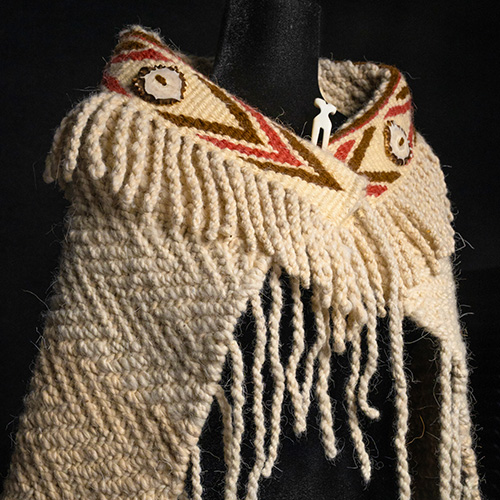Tour downtown Seattle with Michael Brown, and you’ll experience the city’s history from a perspective rarely seen on most tours.
There’s the site of The Casino, a 1930s after-hours club that allowed same-sex dancing. And the site of Garden of Allah, Seattle’s first gay-owned gay bar in the 1940s. And the South End Steam Baths, open for nearly 50 years.
Brown, UW professor of geography, has spent more than a decade researching Seattle’s gay and lesbian history as a volunteer for the Northwest Lesbian & Gay History Museum Project. Brown and others have collected scores of oral histories, each adding more detail to the story of the gay and lesbian experience in Seattle.

Those interviewed have described entering a gay bar for the first time, when being “outed” could mean the loss of a job or family. Or renting an apartment in a building that welcomed gay tenants, creating a sense of community. The sites of these memories—“the where-ness of things,” as Brown puts it—add another dimension to the story.
Using these oral histories, as well as other historical information, Brown and Larry Knopp of the University of Minnesota-Duluth have created an exhaustive map of more than 200 key sites in Seattle’s gay and lesbian history. Accompanying text describes the relevance of each site.
“You can tell a history, a historical narrative, but you can also tell a spatial story of where people claimed space,” says Brown. “The map is just a particularly geographic way of writing it down.”
Pioneer Square was the site of the earliest gay establishments, most of which are long gone. In the late 1970s and early 1980s, there was “an explosion of sites of significance,” says Brown, particularly along Capitol Hill’s Pike/Pine corridor. “You also see the importance of Wallingford and the University District, especially for lesbians,” says Brown. “And Eastlake and Belltown. These are places we don’t think of as gay, but they’ve mattered.”
The oral histories stay with Brown. He tells of a Navy man who visited Seattle in the 1950s while on shore leave, hoping to meet other gay men but not sure where to find them. The military unwittingly guided his search by providing a list of establishments that sailors were prohibited to enter. The sailor went down the list, checking out the bars, knowing that at least one would be a gay bar. “The military actually led him to places he never would have found on his own,” says Brown. “It speaks to the time, but also the place. Some of these bars were very hidden.”

Brown leads free walking tours of Pioneer Square, the downtown neighborhood where the 1950s sailor likely headed. He points out key sites in gay and lesbian history from the 1940s through the 1970s, educating audiences ranging from academics to community groups to seniors. “For some of these people, this was their life,” says Brown. “They want to see their lives as part of a broader story, which it was.”
Brown is involved in other academic research—his current project concerns public health and homosexuality before HIV and AIDS—but he plans to continue his volunteer work with the Northwest Lesbian & Gay History Museum Project indefinitely.
“What intrigues me is the simultaneous ordinariness and extraordinary courage and fortitude and persistence people had, in the same place I am now as an openly gay man,” says Brown. “I don’t have to walk around the block three times before I walk into a bar. People had to do this all the time. Yet they coped and often thrived. Their stories help us understand inequality of all sorts that continues today.”
More Stories

A Healing Heart Returns
In February, the UW Symphony will perform a symphony that Coast Salish elder Vi Hilbert commissioned years ago to heal the world after the heartbreak of 9/11. The symphony was first performed by the Seattle Symphony in 2006.

The Public Impact of Private Cities
Geography major Edwin Bai has researched private cities, developed by individuals and corporations, that "take the libertarian idea of low government regulation to the maximum."

Coast Salish Traditions are "Woven in Wool" at the Burke
A Burke Museum exhibit, co-curated by Coast Salish weavers and Burke curators, highlights the importance of weaving to Coast Salish communities.